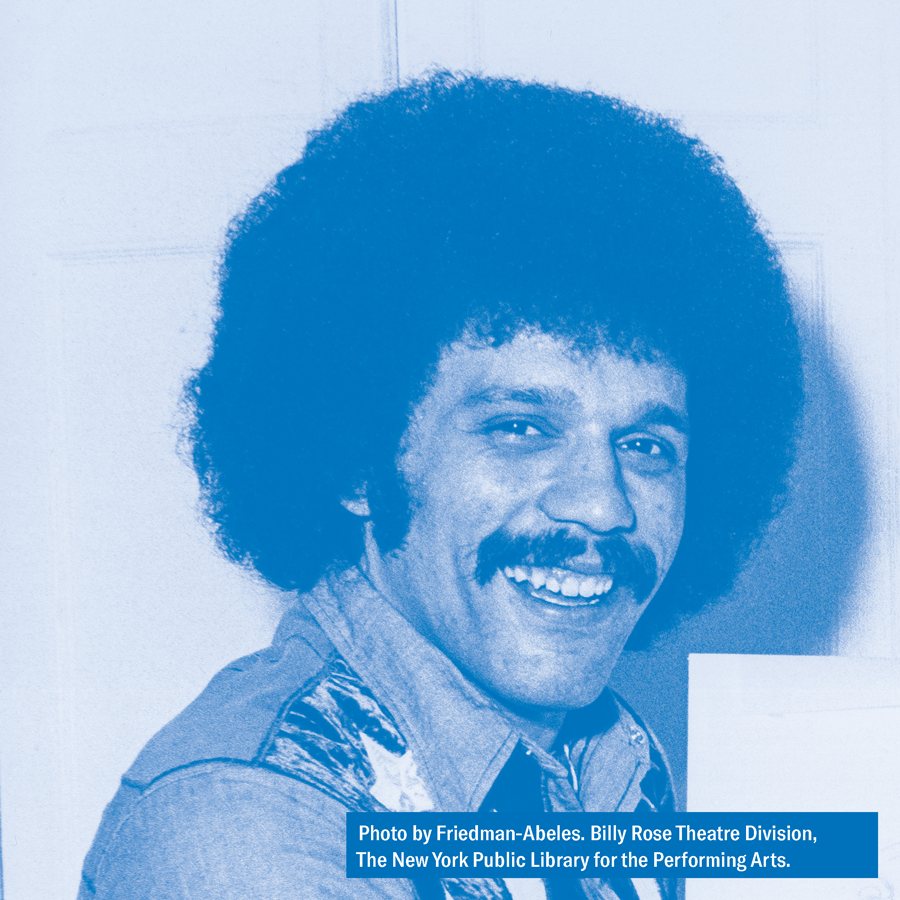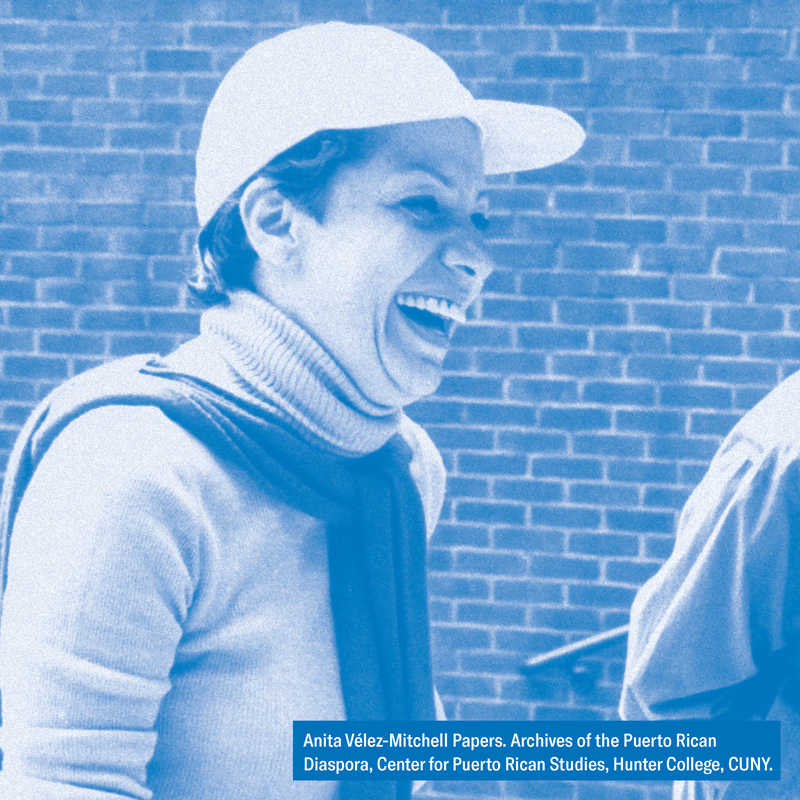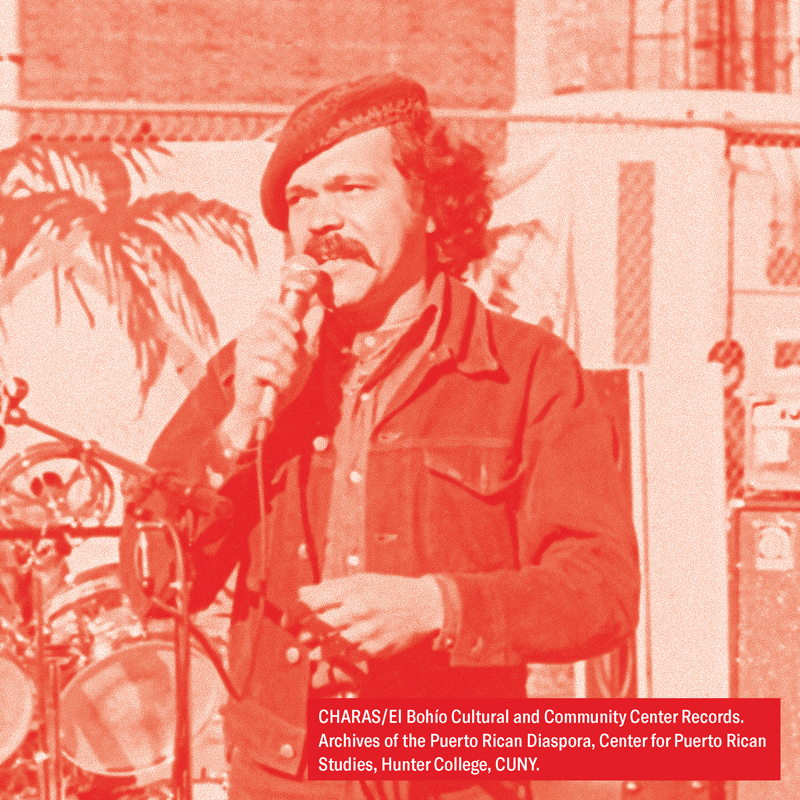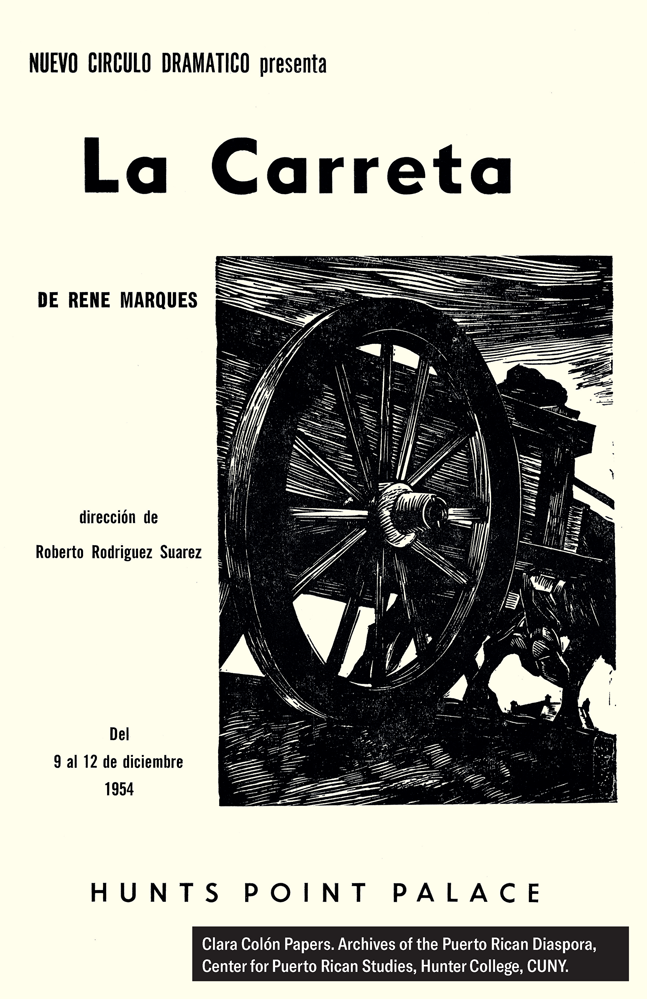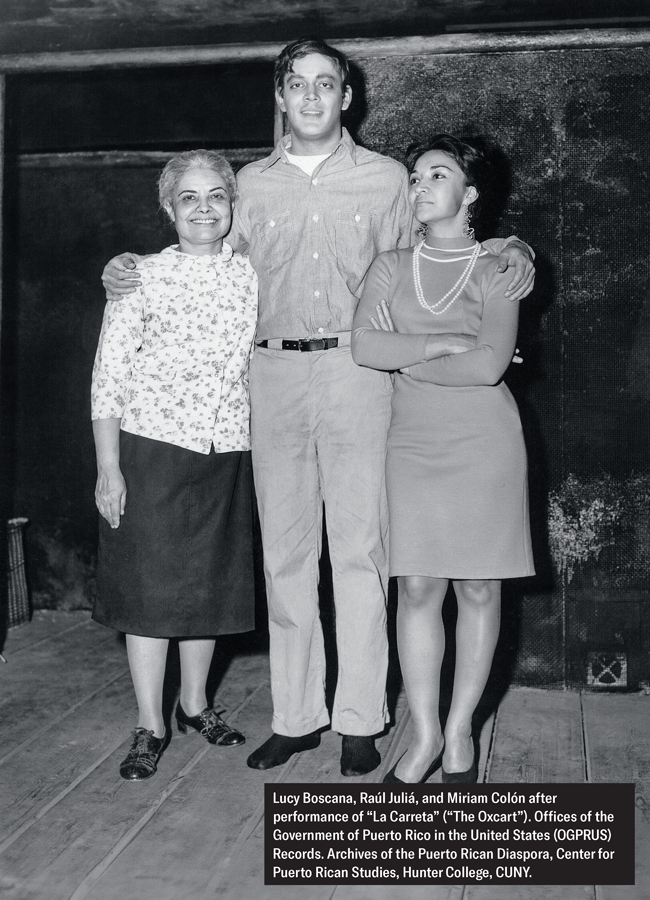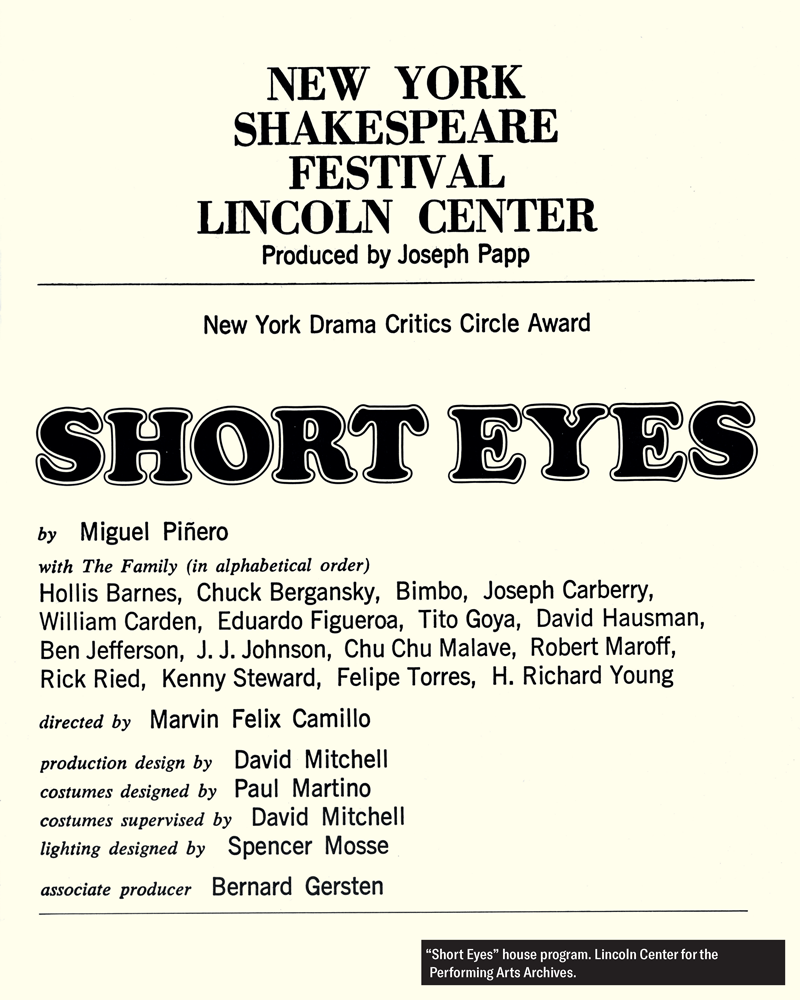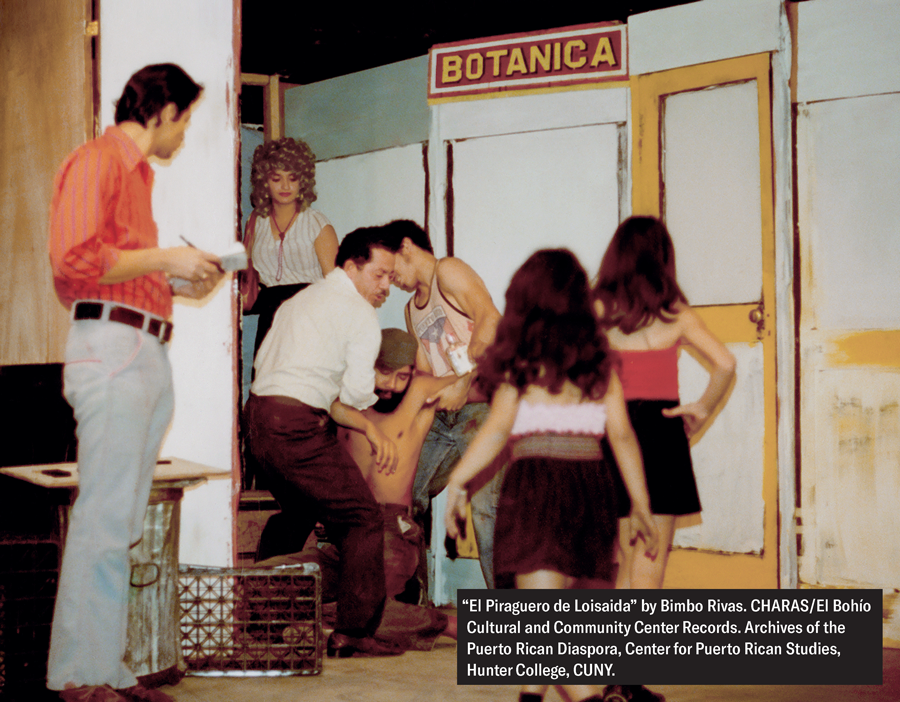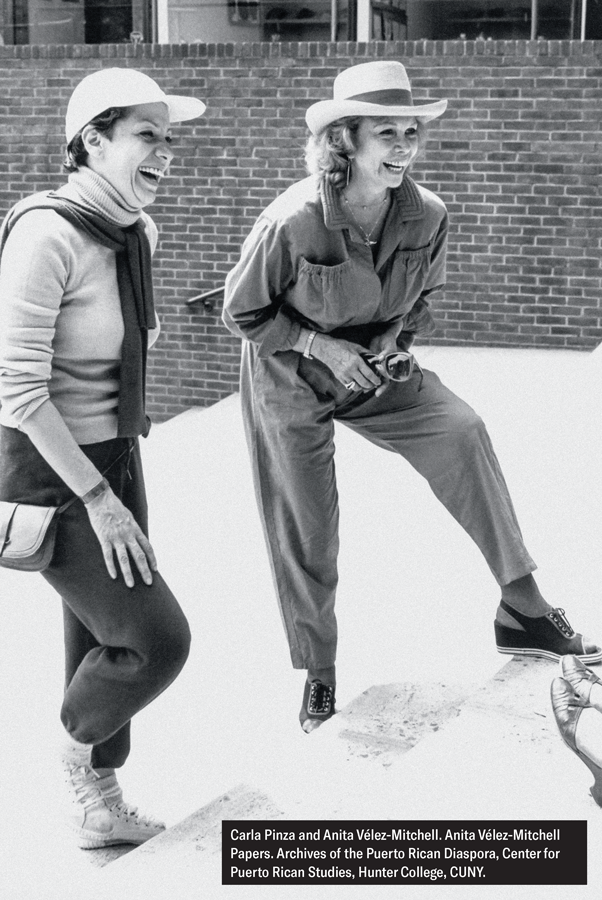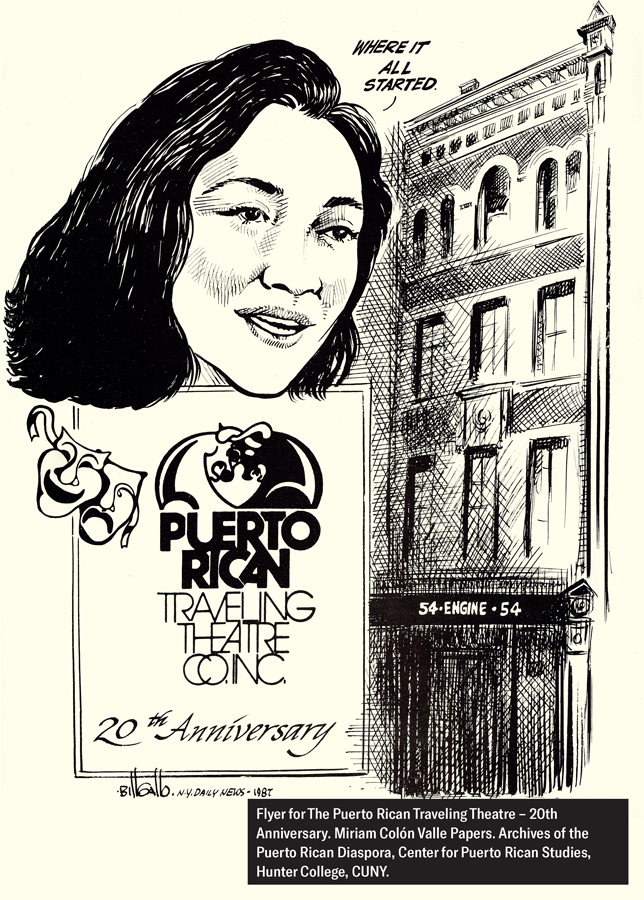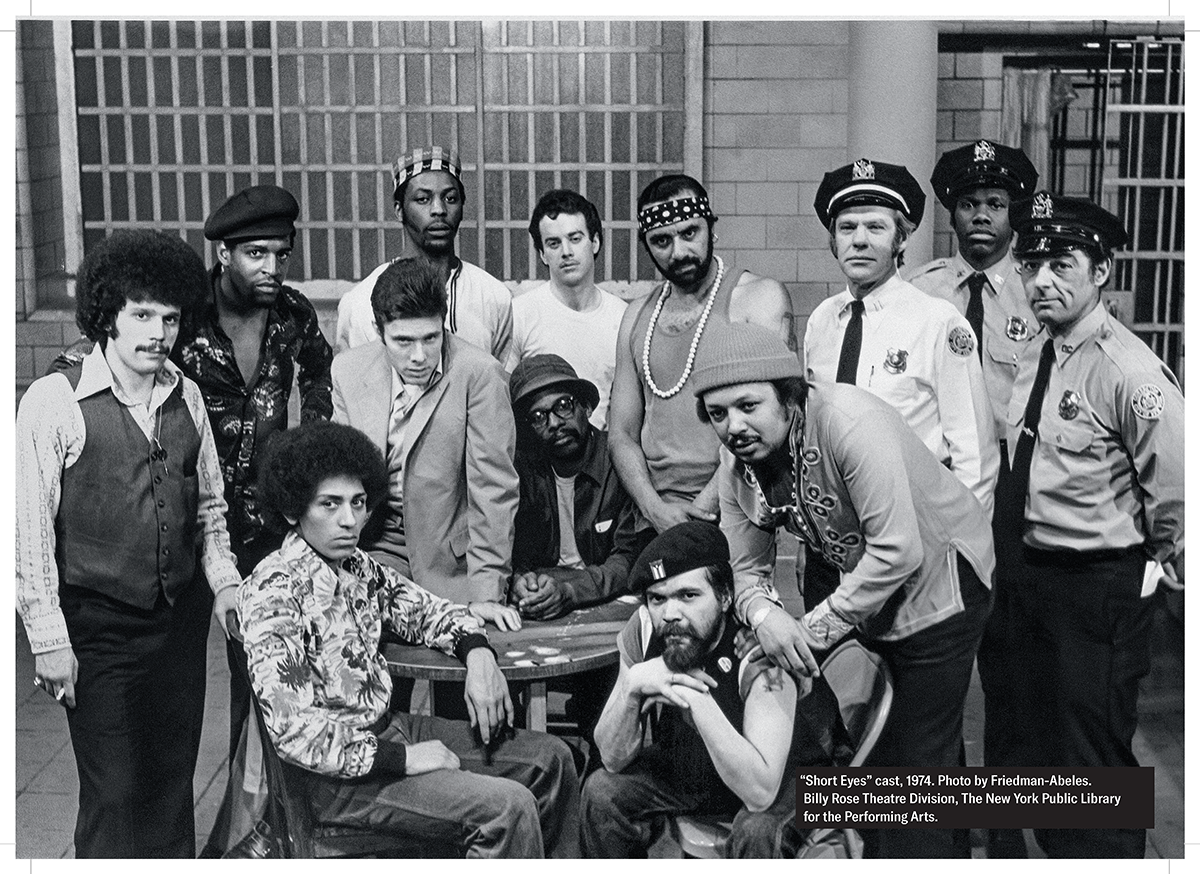exhibición curada por
exhibition curated by
Al Bland
diseñado
design
Estúdio gráfico, São Paulo, Brazil
fabricación
fabrication
Unique Visuals NY
traducción española
Spanish translation
GoDiversity.com
coordinación de proyecto
project coordination
Arlene Yu
edición de video
video editing
Arlene Yu
Dorothea Trufelman
agradecimientos a
thanks to
CENTRO
THE CENTER FOR PUERTO RICAN STUDIES
AT HUNTER COLLEGE
Ángel Antonio Ruiz Laboy
Cristina Fontánez Rodriguez
Lindsay Wittwer
Anibal Arocho
JUDITH ESCALONA
DADI PIÑERO
THE NEW YORK PUBLIC LIBRARY
Greg Cram
Patrick Hoffman
Jeremy Megraw
Wendy Norris
Giovanna Pugliese
Annemarie van Roessel
LEONARD BERNSTEIN OFFICE
NUYORICAN POETS CAFE
Caridad de la Luz
THE PUBLIC THEATER
Rachel London
UNIVERSITY OF THE ARTS
Museum Exhibition Planning and Design Program
LINCOLN CENTER FOR THE PERFORMING ARTS
Sydney Arndt
Amelia Bathke
Alexandra Bernet
John Casavant
Sara Chang
Leah Constantine
Eliana Cruz
Maria del Toro
Eleni DeSiervo
Jordan Deveraux
Paloma Estévez
Sammy Garcia-Taliercio, Jr.
Jackie Grice
Dennis Hruska
Suyoung Jang
Paula Jennings
Jenni Klauder
Lauren Klein
Eileen Klomhaus
Shawn Lynch
Ava McAlpin
Lara McDonnell
Matthew McGraw
Desirée Naranjo-Ochoa
Melinda Planey
Rebecca Popp
Deidre Redhead
Danielle Schiffman
Isabel Sinistore
Cameron Surh
Ellen Thornton
Erin Toland
Anna Troester
Melissa Negron Ulto
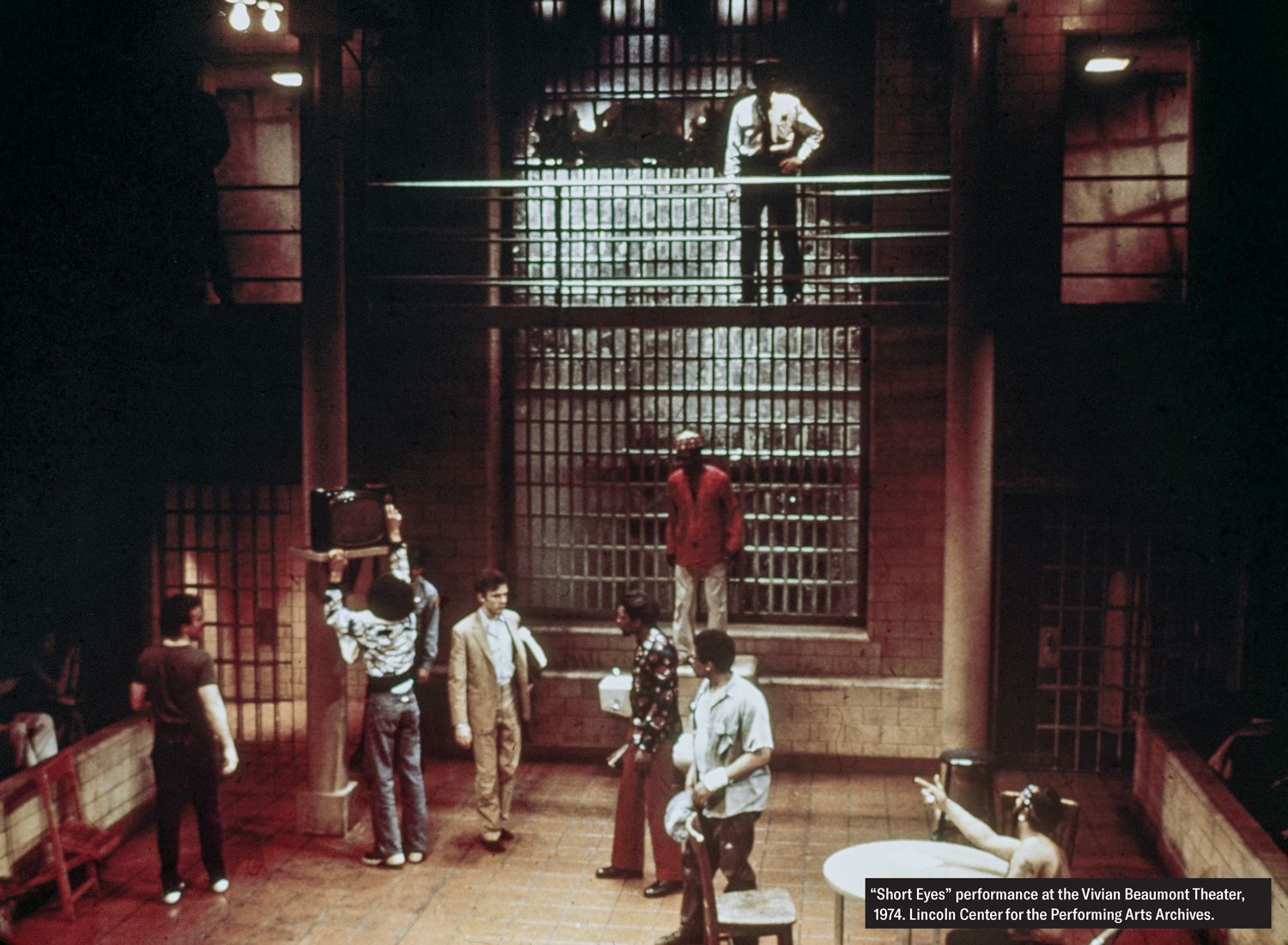

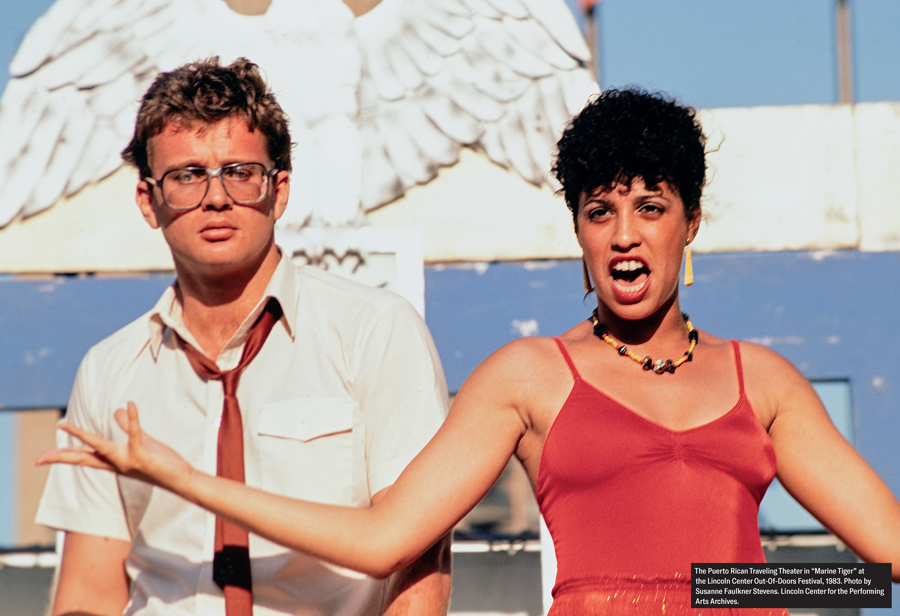
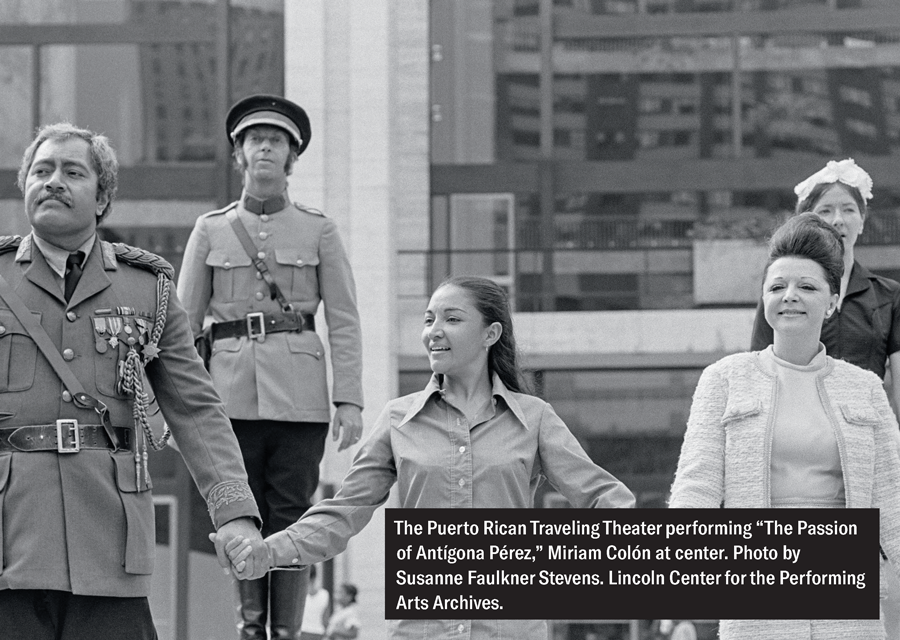

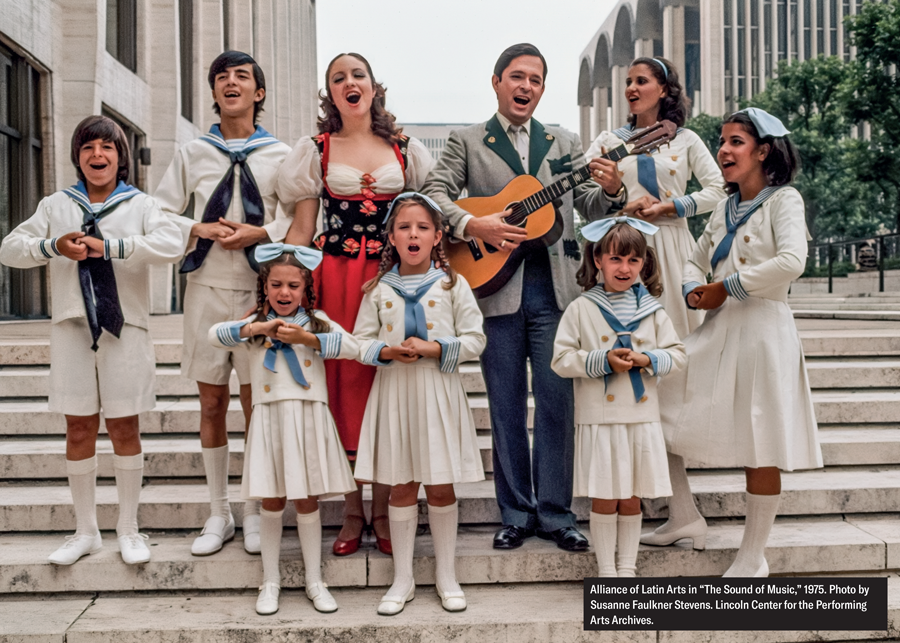
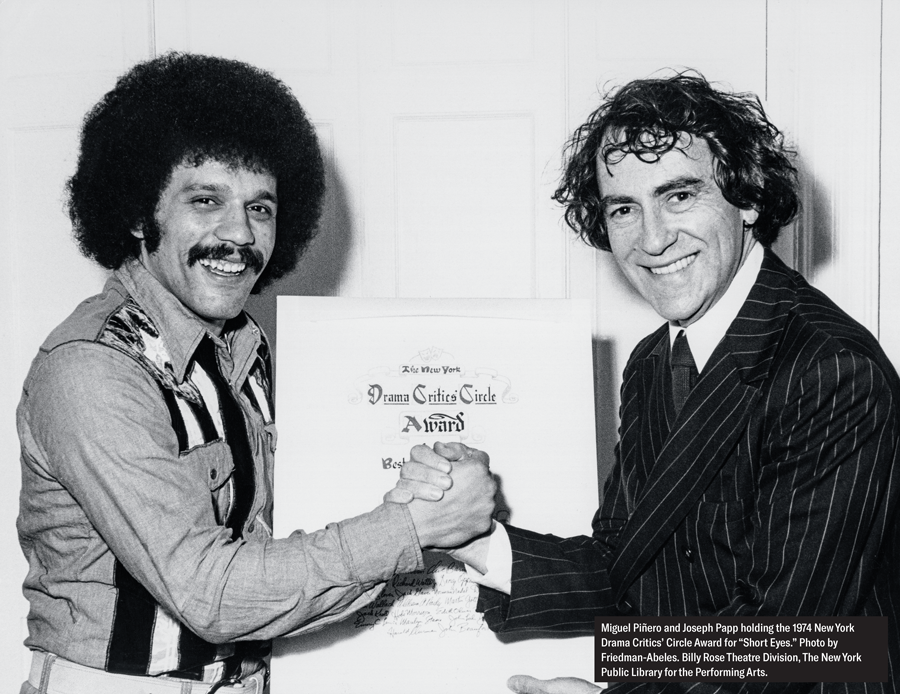
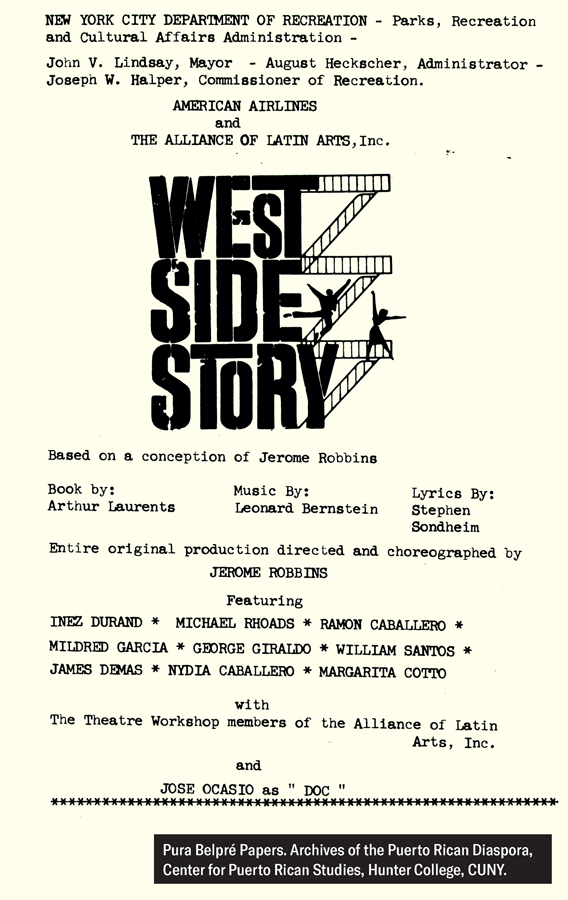
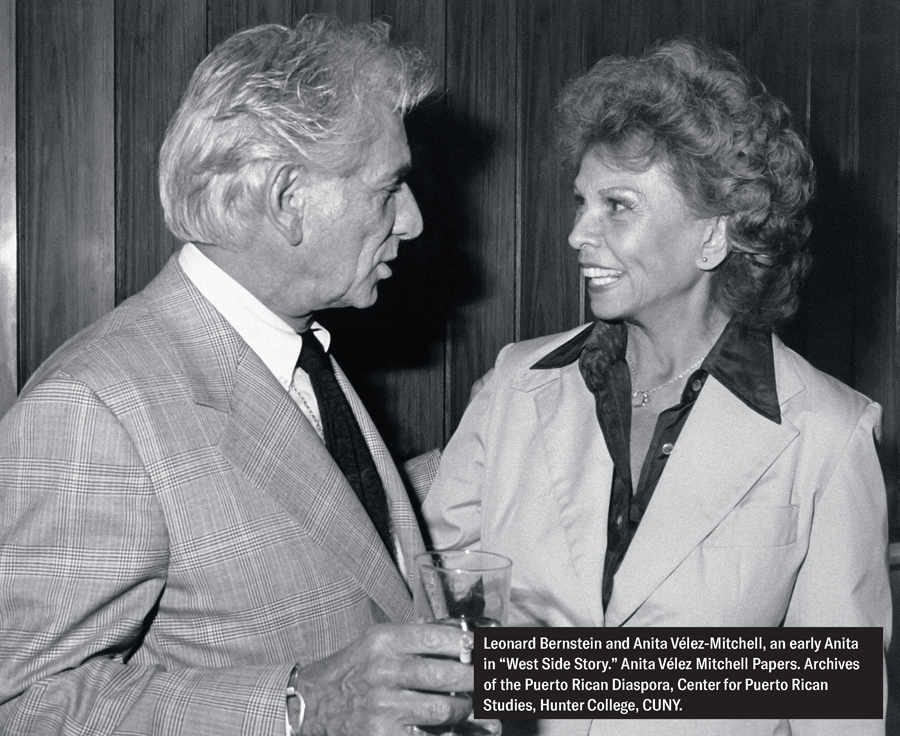
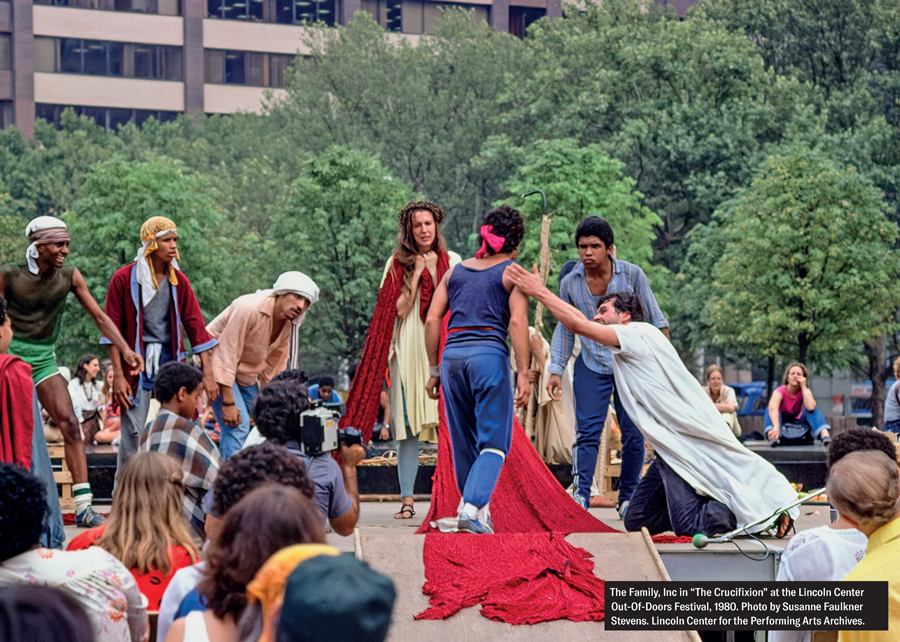
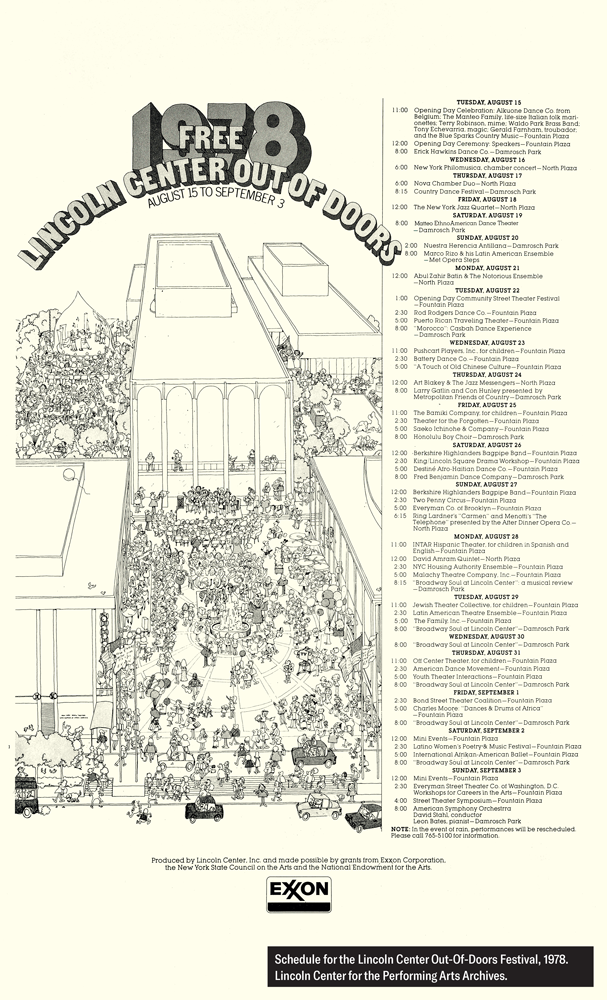
![Flyer for the Puerto Rican Traveling Theatre's [sic] production of "Historias para ser Contadas," showing the 1979 touring schedule. Lincoln Center for the Performing Arts Archives.](./Assets/img/MP_text_image-panels_3nd-proof_Page_12.png)
